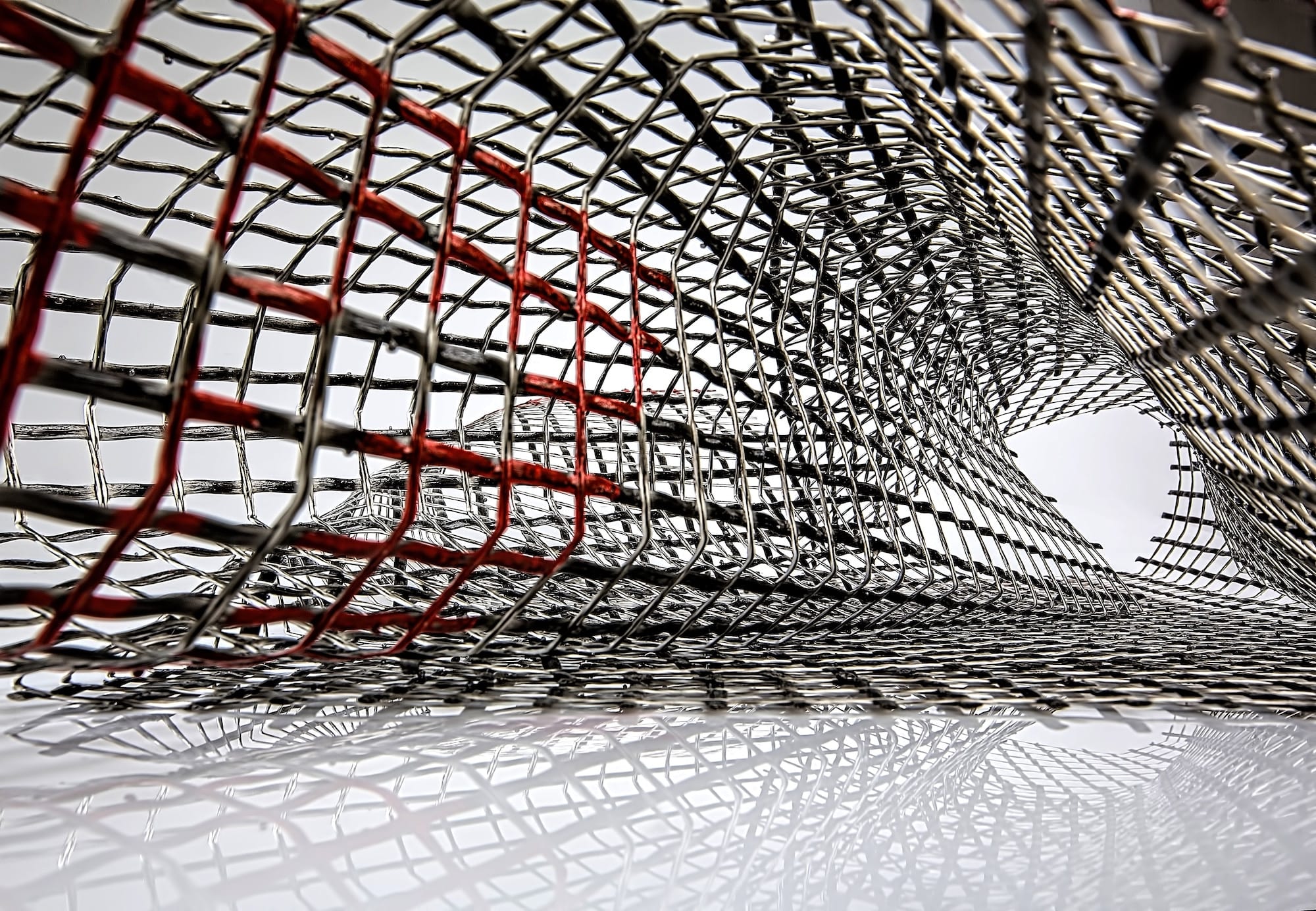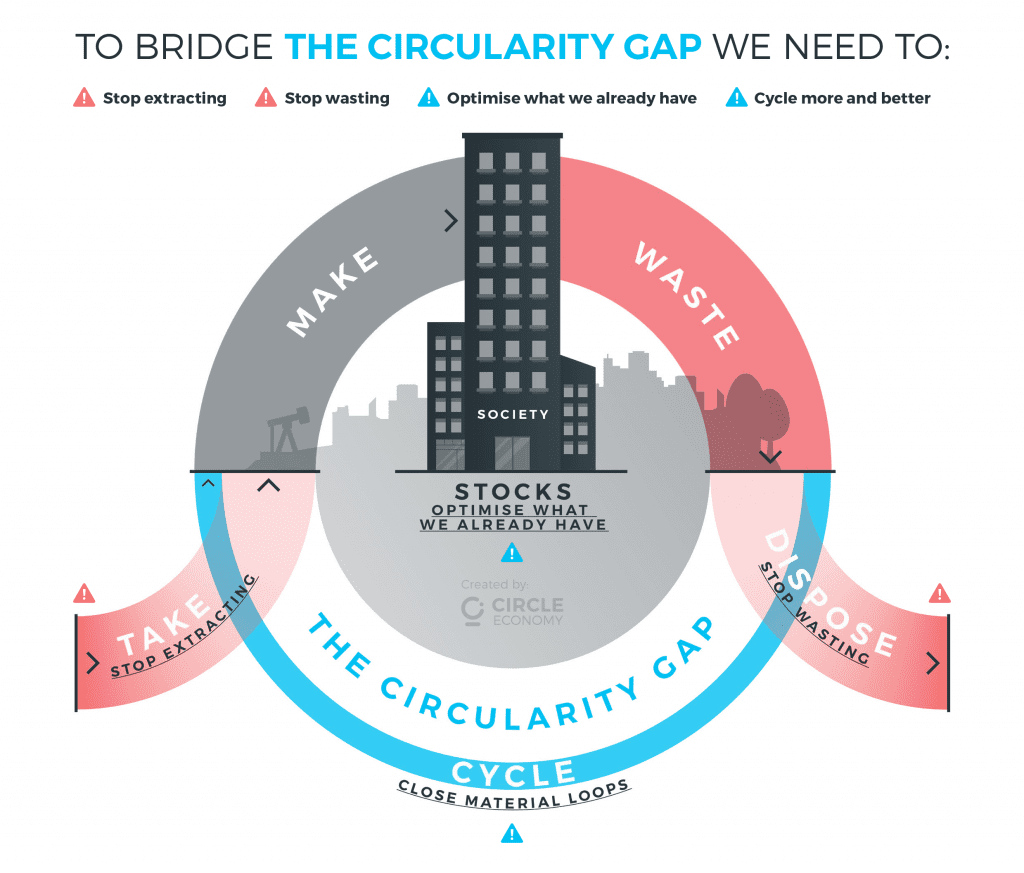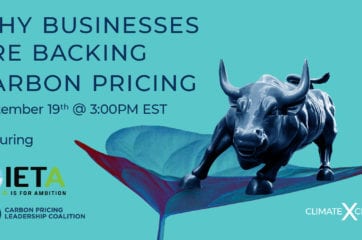It makes sense in an efficient capitalist society, that we minimize waste and reduce resource extraction to maximize returns – or so you’d think, in theory. In reality, our world is only 9% circular. This alarming statistic is the main finding of the Circularity Gap Report, released last month at Davos by Circle Economy.
This means that less than a tenth of the 92.8 billion tons of materials (including minerals, fossil fuels, metals, and biomass) are reused after entering the economy each year. It also means that material use and the way we design our economies will need to be refocused and redesigned with a circular approach that gives materials a longer lifespan, keeps them from entering our landfills, and reduces the overall amount of energy needed to produce them.
Put simply, a linear economy no longer makes sense in a planet with rapid population growth and urbanization, and on the verge of natural systems collapse. We need, therefore, to meaningfully think about and examine what a circular economy looks like, and how we can design and reuse materials to be economically successful and yet not continue to destroy the planet along the way.
The Problem of Linearity
Since the industrial revolution, our economies have largely evolved in a linear model, where the starting point is raw materials and resources (typically fossil fuels) which are finite and massive drivers of pollution. We have turned those fossil resources into fuels, chemicals, polymers, and products, which often have short lifespans and end up in landfills.
This model was successful in producing mass consumer products inexpensively, making them accessible to larger amounts of people and bringing about a consumer boom in many parts of the world. It also enabled and boosted economic development on a wider scale than ever before, and resulted in higher standards of living for many in the world.
This type of economic model that favors speed and cheapness, has also led to a change in consumer behavior, one which favors the quick, low-cost, low-quality goods, which we have become so accustomed to. Today, everything from our clothes to our cars, are made with massive amounts of plastic and synthetic materials, responsible for the plastic pollution crisis we have today. It has also led to exponential growth in consumption overall. As we’ve embraced fast fashion and massive turnover in our electronics, we have ended up with an economy that turns over too much waste and consumes too many resources.
Material use has been on the rise, and is projected to double by 2050. We have in fact, been exceeding the Earth’s capacity since the 1970’s, using more resources than the Earth can regenerate in any given year. We have maintained this deficit by overexploiting ecological resources and accumulating waste, both in the form of overflowing landfills and waste-ridden oceans, and in the form of carbon dioxide in the atmosphere.
Waste as a Design Flaw
Zero-waste has become an increasingly popular trend. It is a lifestyle that disposes of individual waste creation by refusing single use plastic, packaging, recycling, and composting of other ‘waste’ materials. However, on a broader scale, waste itself is a massive design flaw and is an entirely human-made construct. In the natural world there is no waste; matter has life cycles that integrate to broader ecosystems. Since the industrial revolution, we have skewed those systems heavily, by focusing on the mass production of goods that have short life cycles and most of which are intended to be discarded.
We have all seen campaigns to get rid of single use plastics, such as straws, gaining massive momentum, which is encouraging, but what this report highlights is the need to rethink waste and material use on a broad scale across sectors. Circle Economy, therefore, outlines a way for us to reimagine the lifecycle of materials and their use in order to close the loop and make more efficient our use of resources while reducing waste products to bridge the circularity gap – which is estimated at 91 percent.
But allowing ‘waste’ products to go into landfills is terrible business, and it wastes massive amounts of resources. Secondary resources can and should be reimagined at the end of life cycles of different kinds of products.
Improving recycling infrastructure is a key principle outlined in the report as a way to bridge this gap. Not only do we need to get better at reusing waste products, but this thinking needs to be incorporated into the design process, resulting in products with different end-of-life scenarios in mind. Such design delivers residual and lasting value to both products’ components, as well as the materials and ‘waste’ that result from creating it.
Emissions & Climate Change
Emissions reductions have long been the focus of environmental advocates and policymakers as an approach to solve the current climate crisis. And indeed, we will need to reduce global carbon emissions by 45% from 2010 levels by 2030, and reach “net zero” around 2050 in order to keep the warming around 1.5°C. Most of the focus on these needed reductions has been placed on the energy sector, and how to move away from relying of fossil fuels for energy production.
However, the newly released report highlights the massive opportunity of the mitigation potential from a circular economy. Emissions and material use/waste are closely linked. The report calculates that “62% of global greenhouse gas emissions (excluding those from land use and forestry) are released during the extraction, processing and manufacturing of goods [while] only 38% are emitted in the delivery and use of products and services.”
It is, therefore, crucial that we embrace the concept of circularity in our economies in order to reduce greenhouse gases and remain within the threshold of warming that will allow for livability on the planet. It is a way that allows for bottom-up approaches and innovation in order to design better companies, increase bottom lines, while at the same time lessening our environmental footprint and achieving carbon emissions reductions.
The Promise of Circularity
Looking beyond the current take-make-waste extractive industrial model, a circular economy aims to redefine growth, and most importantly de-couple it from waste production and carbon emissions. By designing waste out of the system, we can move away from the overconsumption of finite resources and our over reliance on harmful fossil fuels.
The organization has identified 7 key elements of a circular economy, which can guide us all in the right direction and redefine the ways we think about waste. These include the need to recognize the long-term value of assets when making financing and investment decisions; reusing existing building materials and opting for alternatives that are not carbon intensive; and designing the built environment for flexible use and optimising their lifetime.
Recycling, resource efficiency, and circular business models across sectors offer therefore, massive opportunities for emissions reductions. Circle Economy’s CEO, Harald Friedl, added: “Governments’ climate change strategies […] should re-engineer supply chains all the way back to the wells, fields, mines and quarries where our resources originate so that we consume fewer raw materials. This will not only reduce emissions but also boost growth by making economies more efficient.”
Organizations such as Circle Economy and the Ellen McArthur Foundation are researching and advocating for such changes. There are also fantastic companies, both at a small and a transnational scale, incorporating circularity into their business models and phasing out ‘virgin’ or single use plastics – from apparel to food packaging – that should give us great hope that we are moving in the right direction.










